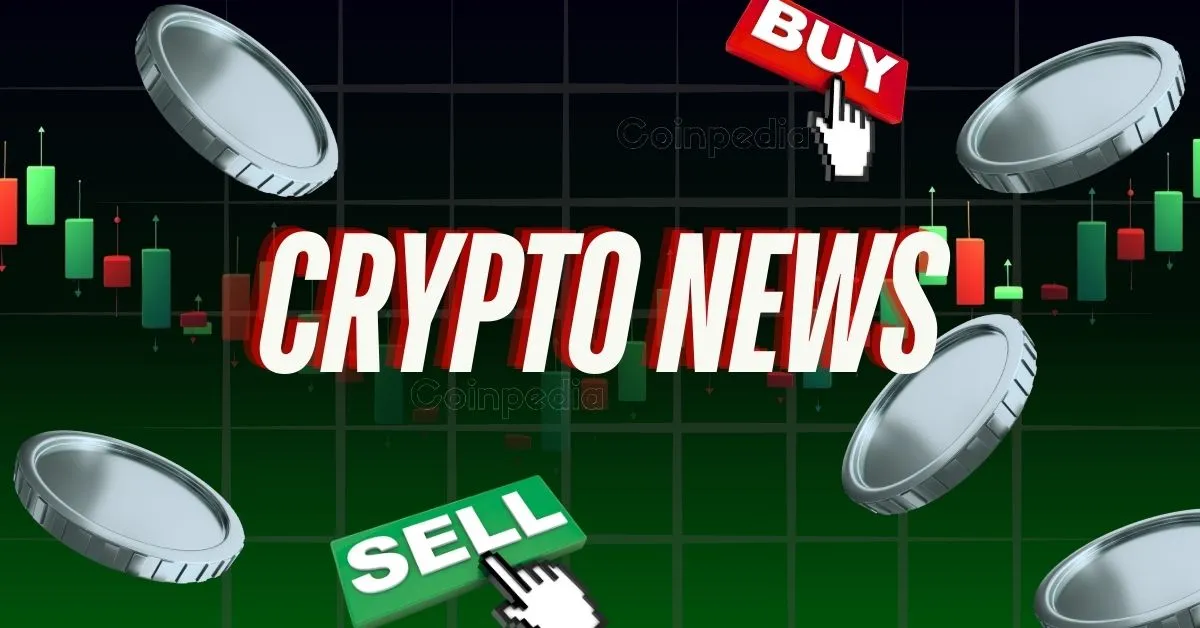
With the European Union’s new cryptocurrency regulations set to take effect on December 30, questions remain about the future of Tether’s USDt stablecoin. This uncertainty has left exchanges and traders in the EU searching for clarity.
Earlier this month, Coinbase delisted Tether’s USDt, citing concerns about compliance with the EU’s Markets in Crypto-Assets (MiCA) regulations. Despite this decision, USDt is still being traded on other European exchanges as they await clear guidance from regulators. Platforms like Binance and Crypto.com have chosen to hold off on any action until the situation becomes clearer.
Juan Ignacio Ibañez, a member of the Technical Committee of the MiCA Crypto Alliance, explained that regulators have not explicitly declared USDt non-compliant.
“No regulators have explicitly stated that USDT isn’t compliant, but this does not mean that it is,”
Coinbase’s decision to delist USDt reflects a cautious approach aimed at avoiding last-minute compliance risks. Other exchanges, however, are taking a different route. According to Ibañez, exchanges might either delist USDt progressively or wait for clearer regulatory statements. Still, he cautioned that the “wait-and-see” approach could expose platforms to unnecessary risks under MiCA’s strict rules.
Bloomberg recently reported that European exchanges are expected to delist USDt by December 30. However, regulators have yet to issue definitive guidance, leaving the crypto industry in a state of speculation.
The potential removal of USDt, the most liquid stablecoin globally, has raised concerns about market liquidity. Usman Ahmad, CEO of Zodia Markets, warned that delisting USDt would limit options for EU clients and disrupt market efficiency. Stablecoins like USDt are critical for cross-border transactions, trade settlements, and market stability.
Nevertheless, regulators remain wary of stablecoins due to reports of misuse. For example, Russian networks have allegedly used USDt for illegal transactions, further increasing scrutiny. In response, Tether has condemned these activities and reaffirmed its commitment to preventing misuse.
As MiCA regulations come into force, EU exchanges may face difficult decisions regarding USDt. This situation highlights broader issues in Europe’s cryptocurrency market. Some industry leaders have warned that overly strict regulations could reduce market competitiveness and deter traders.
Whether the EU’s regulatory framework strengthens its crypto ecosystem or creates new challenges remains to be seen.
Tron Inc., the public company holding the largest amount of TRX tokens, has officially joined…
Bitcoin has entered a sharp corrective phase, shedding over 2.5% in the past 24 hours…
As the crypto market continues to churn out fresh momentum this July, short-term traders are…
Financial expert Robert Kiyosaki has shared a powerful reminder to his followers on X. This…
The COINS Act was recently introduced in India by Web3 venture firm Hashed Emergent and…
Today, Bitcoin is bleeding around $115,500–$116,000, down about 2–3%. The broader crypto market also saw…